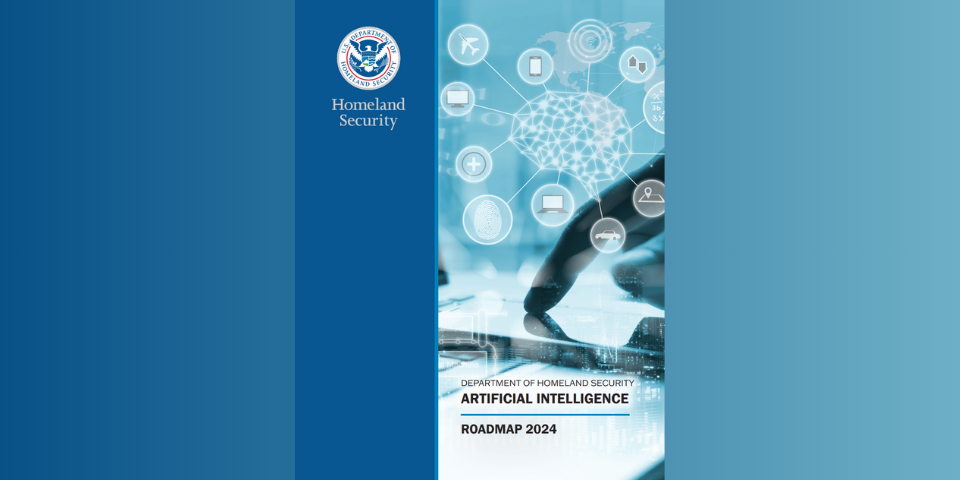When you hear about AI in the news, it sounds as if the robots of science fiction will be taking over soon. What isn’t as commonly covered is how much potential it has to make things safer from a cybersecurity perspective. The sheer volume of data it can process in a compressed period of time and then, contextualizing that data using ML, have vast implications for those attempting to make the nation more cyber secure.
The Science and Technology Directorate (S&T) is exploring the many ways this technology and its newer applications can support the national security mission, in line with the DHS AI Roadmap and its “Protect AI Systems From Cybersecurity Threats and Guard Against AI-Enabled Cyberattacks” workstream. There are cybersecurity problems that are more complex where AI can provide solutions—and potential protections—never imagined, according to Donald Coulter, S&T’s Senior Science Advisor on Cybersecurity.
S&T is working on a number of initiatives that are intended to help inform the Cybersecurity and Infrastructure Security Agency’s (CISA’s) AI strategy. For instance, S&T has a project underway to research advanced methods for enabling real-time management of cyber threats to critical infrastructure. Another project is increasing the resilience of software analysis tools by helping to identify and mitigate possible weaknesses in ML-based reverse engineering tools as part of an overarching strategy to assess and mitigate risks of adversarial attacks on AI-based systems.


